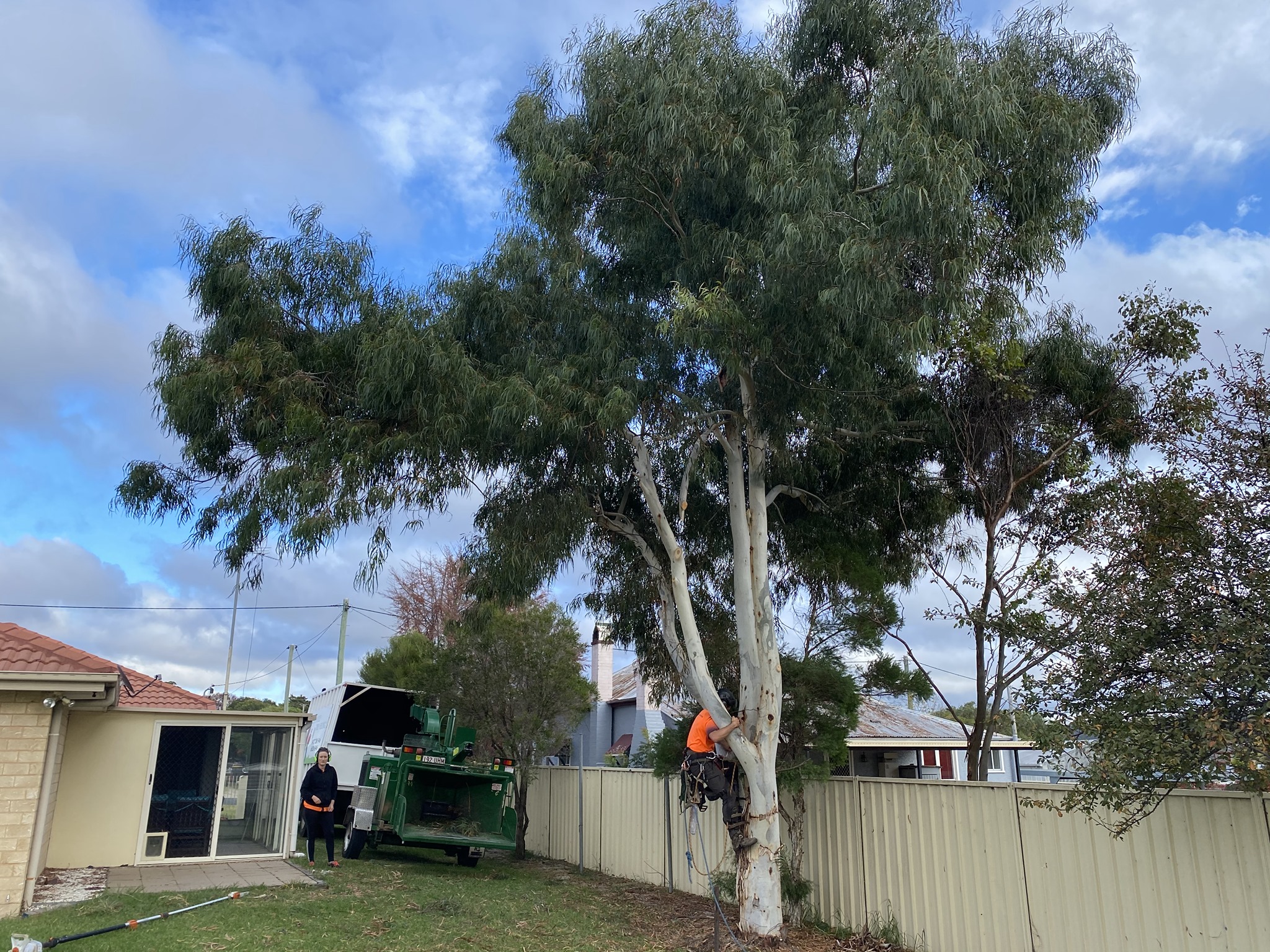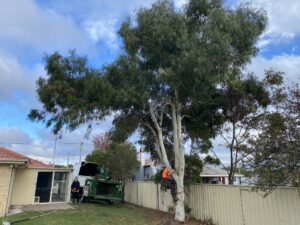Oak trees are magnificent and durable, adding an inherent charm to any environment. Whether you have a single oak tree in your backyard or a row of them bordering your land, taking adequate care of them is essential to ensure their longevity and health. In this comprehensive book, we’ll delve into the details of care for oak trees, providing you with useful tips and insights to preserve the health and wellbeing of these venerable giants.
Understanding Oak Trees For Better Care
Before getting too far into the details of maintaining oak trees, it’s important to understand what makes these unique specimens unique. There are many different species of oak in the genus Quercus, and each has its own special qualities.
From the stately White Oak with its light gray bark to the majestic red Oak, which sports vibrant red leaves in the autumn, oak trees are a varied and visually pleasant addition to any environment.
Steps to Take Care for Oak Trees
Establishing the Foundation
Selecting the ideal planting location is the first stage in taking care of an oak tree. Choose a spot such that water won’t collect around the oak tree’s roots. Oaks need soil that drains well and has enough air in it. Since oak trees frequently like the sun, make sure the location is bright enough. This will increase the overall vitality of the plants.
Techniques for Planting Oak Tree
Sow your oak tree now that you’ve found the perfect spot. Start by excavating a hole twice as broad as the root ball, and make sure it is deep enough to accommodate the roots comfortably.
Carefully plant the sapling in the hole, then cover it with soil and plenty of water. Mulching the ground around your oak tree’s base promotes a healthy ecosystem by retaining soil moisture and preventing weed growth.
Fostering Development: Watering Knowledge
An essential component of caring for oak trees is enough hydration, particularly in their early years. Particularly young oak trees need regular irrigation in order to develop a strong root system.
Give the soil a thorough watering so that the liquid may seep into the roots. As the tree gets older, modify your watering plan while monitoring the climate.
Fertilizing insights: Feeding the Giants
A balanced diet is beneficial to oak trees, just like it is to any other living thing. Frequent fertilization supplies the necessary nutrients for optimum growth, best achieved in the early spring.
Select a slow-releasing fertilizer that is rich in potassium, phosphorus, and nitrogen and is well-balanced. This nutrition not only promotes general health but also strengthens the tree’s defenses against illnesses and pests.
Protecting Against Hazards: Controlling Insects and Illnesses
Being watchful is essential for protecting your oak trees from possible harm. Pay close attention to any indications of pests like caterpillars, aphids, or oak wilt. Frequent inspections facilitate early detection, which enables timely action.
To avoid these annoyances, think about speaking with a nearby arborist about preventive measures and environmentally beneficial alternatives.
Trimming Oak Tree for Perfection: Essential Advice
When done correctly, pruning is an art form that greatly improves the appearance and health of your oak tree. To improve ventilation and solar radiation, begin by trimming any dead or broken branches.
Pruning should generally occur during the dormant season in order to reduce stress on the tree. Take care not to prune too much because oaks are hardy plants that don’t need a lot of pruning.
Seasonal Approaches: Customizing Care All Year Long
Your oak trees will get the care they require if you modify your routine according to the seasons. Prioritize insect control and fertilization in the spring.
Summer needs plenty of watering and shade from the sun; autumn is when you should enjoy the beautiful foliage and maybe do some modest pruning. Your oak tree can rest and regenerate during winter, a dormant season that requires no maintenance.
Promoting Conservation: Ecological Aspects to Consider
Encouraging the health of oak trees goes beyond personal maintenance regimens and incorporates environmental stewardship. Reducing soil compaction around the root zone is important since it can hinder the absorption of nutrients and water.
To shield the tree from stress brought on by construction, keep a buffer zone around it. Participate in neighborhood programmes that support tree conservation to build a community-wide endeavor to protect these precious trees.
FAQs
How frequently should my oak tree be watered?
The short answer is that young oak trees need to be watered frequently, especially in their early years. Make sure to water deeply so that the roots receive the liquid. As the tree becomes older, modify your watering plan in accordance with the climate.
When is the ideal time to fertilize my oak tree?
Answer: Fertilization works best in the early spring. Select a balanced, slow-releasing fertilizer that is high in potassium, phosphorus, and nitrogen to supply the necessary elements for strong growth.
What is the best way to recognise and handle pests on my oak tree?
The key is routine inspections. Keep an eye out for pest indicators like caterpillars, aphids, and oak wilt.To protect your tree, seek advice from a local arborist on eco-friendly remedies and preventive measures.
When is the best time of year to prune my oak tree?
Answer: To reduce stress on the tree, substantial trimming should be done during the dormant season, however minor pruning can be done all year round. Refrain from over pruning; oaks are hardy and don’t need a lot of pruning.
What environmental factors need to be taken into account when taking care of my oak tree?
The best course of action is to prevent soil compaction around the root zone, guard against stress caused by construction, and participate in neighborhood tree-saving projects. These actions improve the ecosystem and your oak tree’s general health.
Conclusion
In summary, taking care of oak trees is a complex process that combines environmental awareness with horticulture knowledge. Every stage of the process, from choosing a planting location to providing constant care throughout the seasons, is essential to preserving the legacy of these hardy giants. You contribute to the overall health of our natural heritage by being proactive and paying attention to your oak trees as well as to each one individually.
Set out on this adventure with respect for the past, gratitude for the present, and dedication to the future since, under the shade of an oak tree, we find not only safety but also a live example of the timeless beauty of nature.


